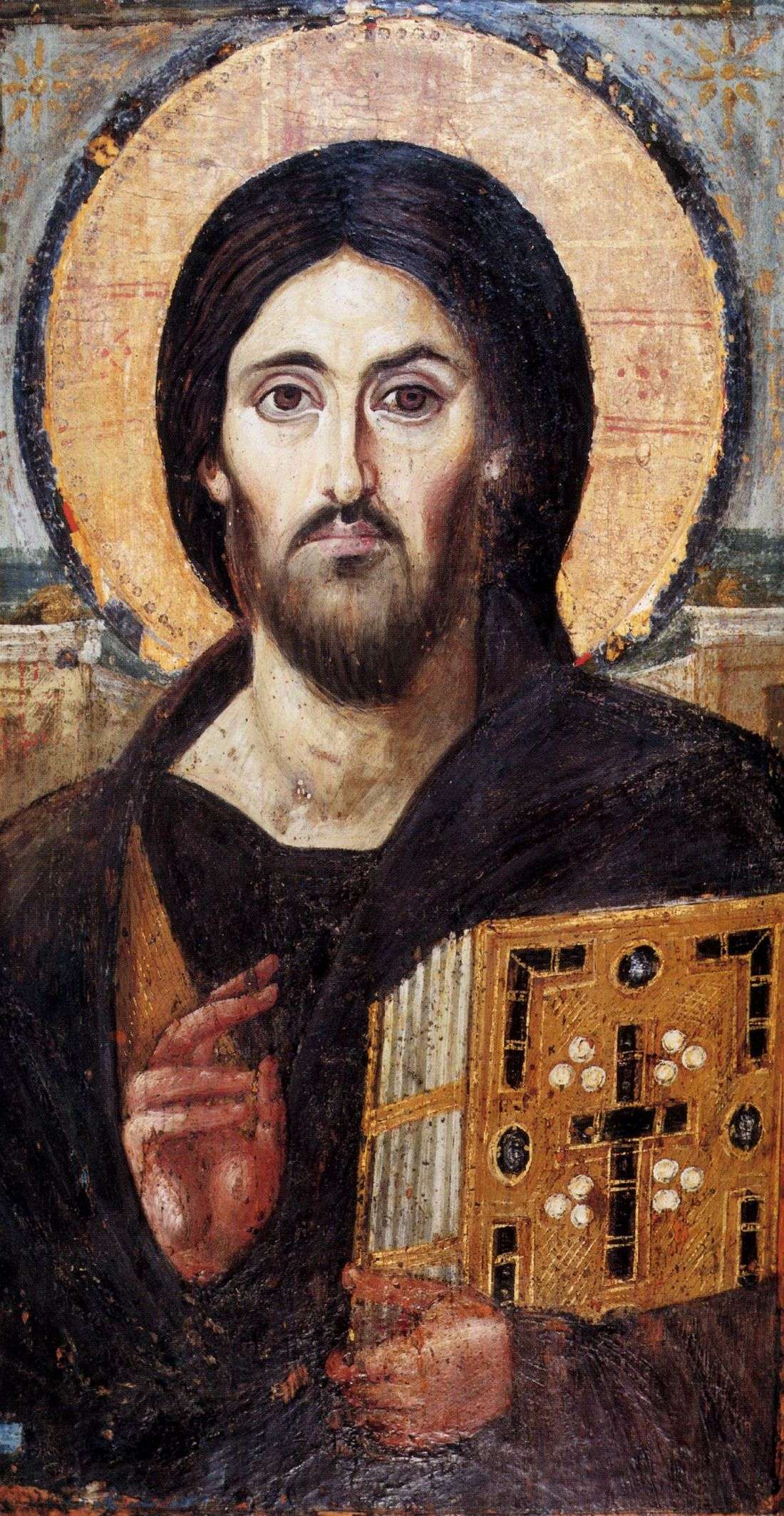

My guess is search for toddlers, whose parents handed them a phone to keep busy while they rest or do something else. They’re the only demographic that does not know how to spell, or knows too few words to search effectively. But considering the American education system this could also apply to students who are illiterate despite completing the grade every year.









I recommend checking out Greth’s videos on the current state of the game. He’s an experienced player so his opinions have good reasoning, although I don’t always agree with his views on maps. Personally I’m waiting for them to add 3rd weapon slot and to bring back the Jammer pack. Right now it looks too T:A GOTY for me, which is odd considering that GOTY peaked in 2012; the same year T:A released.